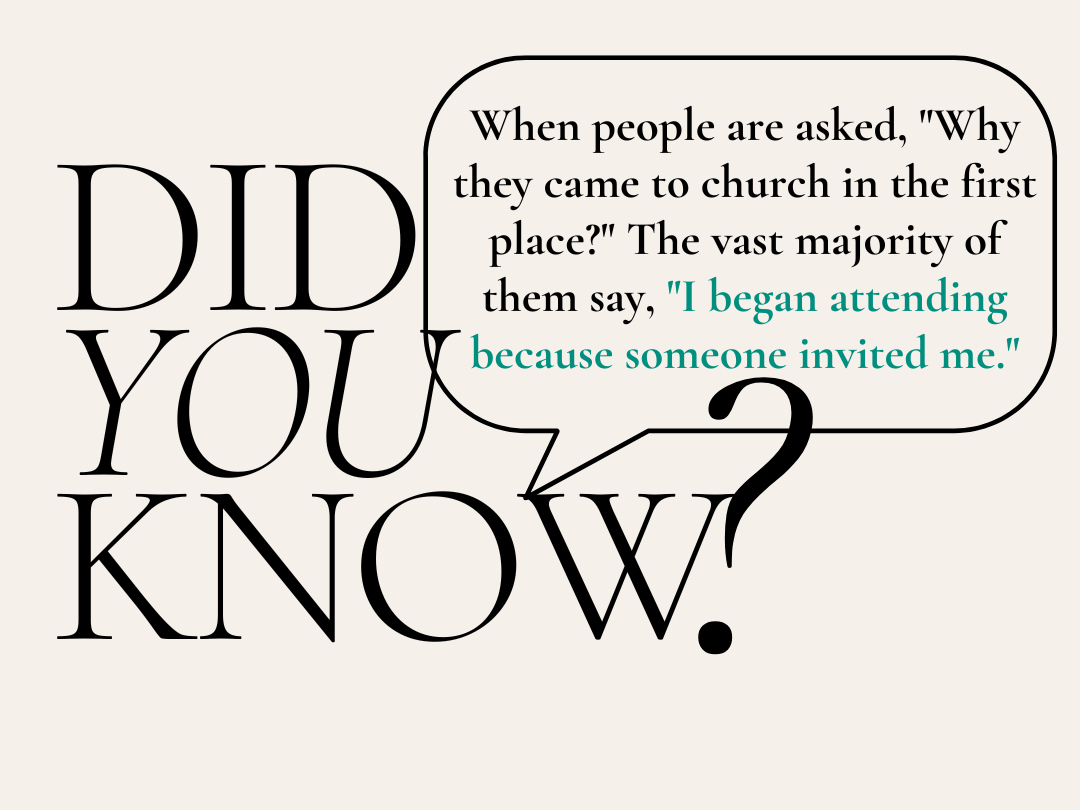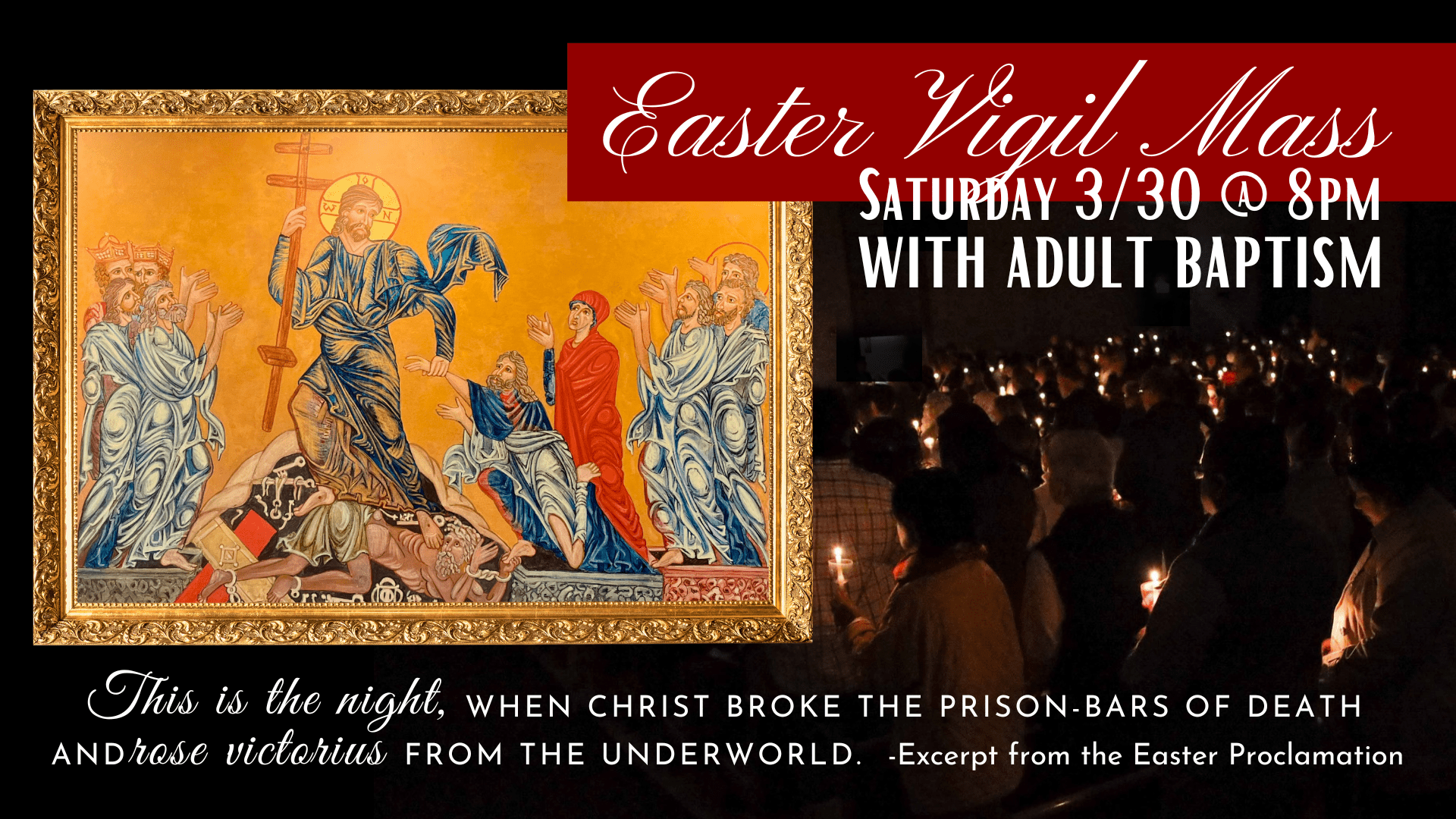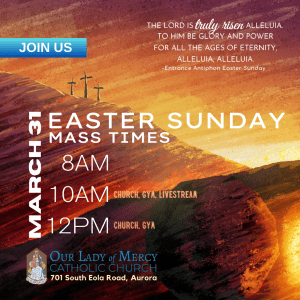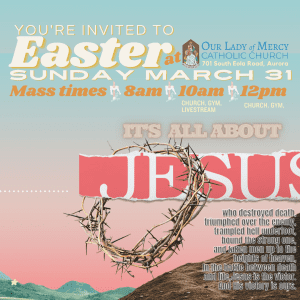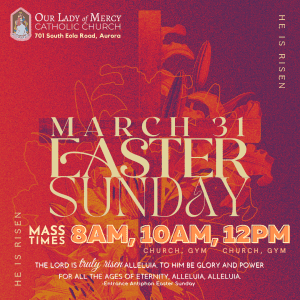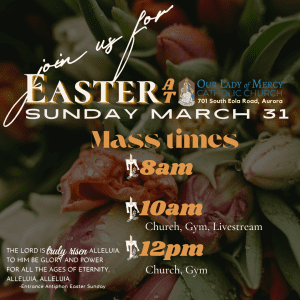If You’ve Never Been To Easter Vigil Mass, Here’s Why You Need To Go
by Will Wright from Catholiclink.org
The Mother of All Vigils
The Easter Vigil is the most extraordinary liturgy of the entire year in the Roman Rite of the Catholic Church. The Roman Missal guides the celebration of this great night and even refers to the Easter Vigil as the “mother of all vigils,” which is quoting St. Augustine from the 5th Century. So, the Easter Vigil has real history.
Throughout the years, this celebration did get lost for a time, lacking the full vigor it once had. However, Pope Pius XII in the 1950s, restored the prominent celebration of the mother of all vigils on the Saturday evening before Easter Sunday.
The Easter Vigil is packed with breathtaking symbolism and meaning. And it is packed with a celebration of everything we hold dear as Catholics. Christ is seen throughout in amazing grandeur.
Fire
First, it must be mentioned, the Easter Vigil begins with a bonfire outside. This holy fire is called the Lucernarium and the liturgy begins with the celebrant blessing the Easter fire. This fire symbolizes Christ who is not dead, but very much alive, burning brightly. From this fire, coals are taken out to light the incense and the fire is also used to light the new Paschal candle.
Throughout the entire liturgical year, the Paschal candle stands in or near the sanctuary of the church or near the baptistry as a sign of Christ. This candle is triumphantly marched into the church which is completely dark at this point. The single burning flame enters the back of the church carried by a priest or deacon who then raises it above his head and sings, “Lumen Christi” (the Light of Christ) to which the people respond, “Deo Gratias” (Thanks be to God). This is repeated a total of three times as the priest nears the sanctuary of the church.
While the Paschal candle makes its way to the altar area, little candles held by the congregation are lit from the Paschal candle and the light of Christ truly begins to spread throughout the church which is now lit by candlelight.
Beautiful Music
Once the candle makes it to the front, the Easter Proclamation or Exsultet is proclaimed by the priest, deacon, or cantor. This triumphant and beautiful chant is the prelude to the celebration of Easter. It speaks of night and light, of the place and time of the moment, of the priest and congregation, and it anticipates the glorious Resurrection of Jesus Christ.
After the long subdued nature of the Lenten Season, the Easter Vigil breaks in with glory and anticipation. During the Gloria in Excelsis, for example, every bell available is rung all throughout the chanting or singing of the hymn. Each reading during the Liturgy of the Word has an accompanying responsorial psalm. There are many other musical additions to the liturgy called for in the Roman Missal, including the Litany of the Saints before the Blessing of the Baptismal Water. The music at the mother of all vigils is something truly magnificent.
Abundant Proclamation of the Word of God
The Liturgy of the Word is kicked into high gear. There are seven possible readings (minimum of three), each with a selected responsorial psalm sung in between the readings and prayers by the priest following each psalm.
Then the Gloria in Excelsis is sung. The Collect is said. A reading from St. Paul’s Epistle to the Romans is proclaimed. The Alleluia is proclaimed for the first time since before Lent. Yet another Psalm is sung. Then the Gospel is read and the Homily is given.
Blessing of Baptismal Water and Celebration of the Sacraments of Initiation
The remainder of the liturgy is a remarkable tour de force of the Sacraments of Initiation of the Church. The Baptismal water is blessed; those entering the Church make a profession of faith, renounce sin, and are baptized. Many of these adults have been preparing for this moment for a year or more.
Next, those who are not Catholic but who are previously baptized make a profession of faith in the Catholic Church are received into full communion with the Church. Then, the new Catholics, now all baptized and officially members of the Catholic Church are invited to the celebration of the Sacrament of Confirmed.
Renewing Our Own Promises
The entire congregation is then invited to renew their own baptismal promises and receive a blessing from the priest with the newly blessed baptismal water. The Liturgy of the Eucharist then takes place in the normal way.
However, now baptized and confirmed, the new Catholics (neophytes) receive the Body, Blood, Soul, and Divinity of Jesus Christ in the Holy Eucharist for the very first time. What a splendid moment to behold. This is the pinnacle of our Faith. With so many people leaving the practice of the Faith, this holy night is one in which to take part. By being present and praying for these new Catholics, we show our support to these new members of the Body of Christ.


